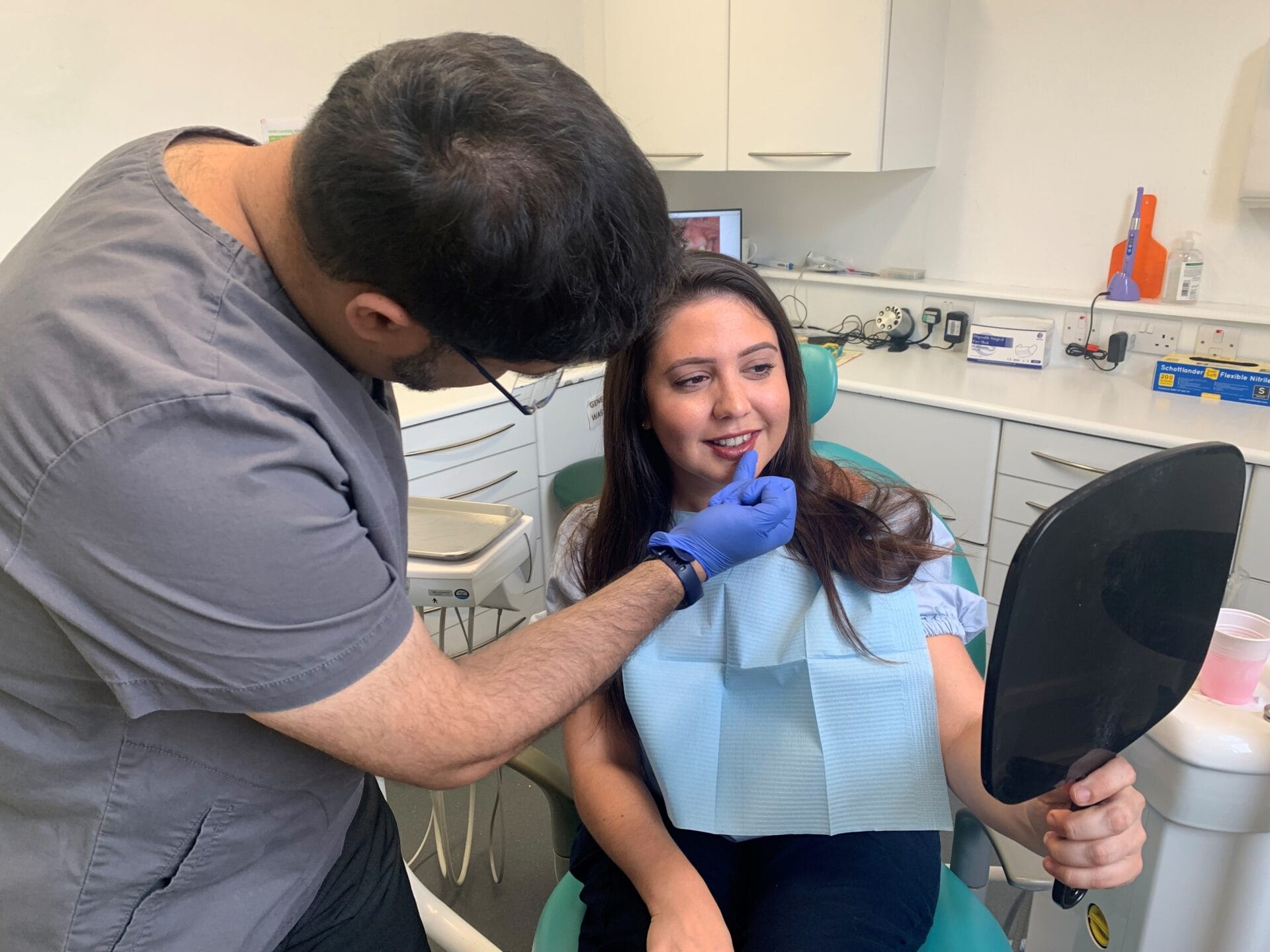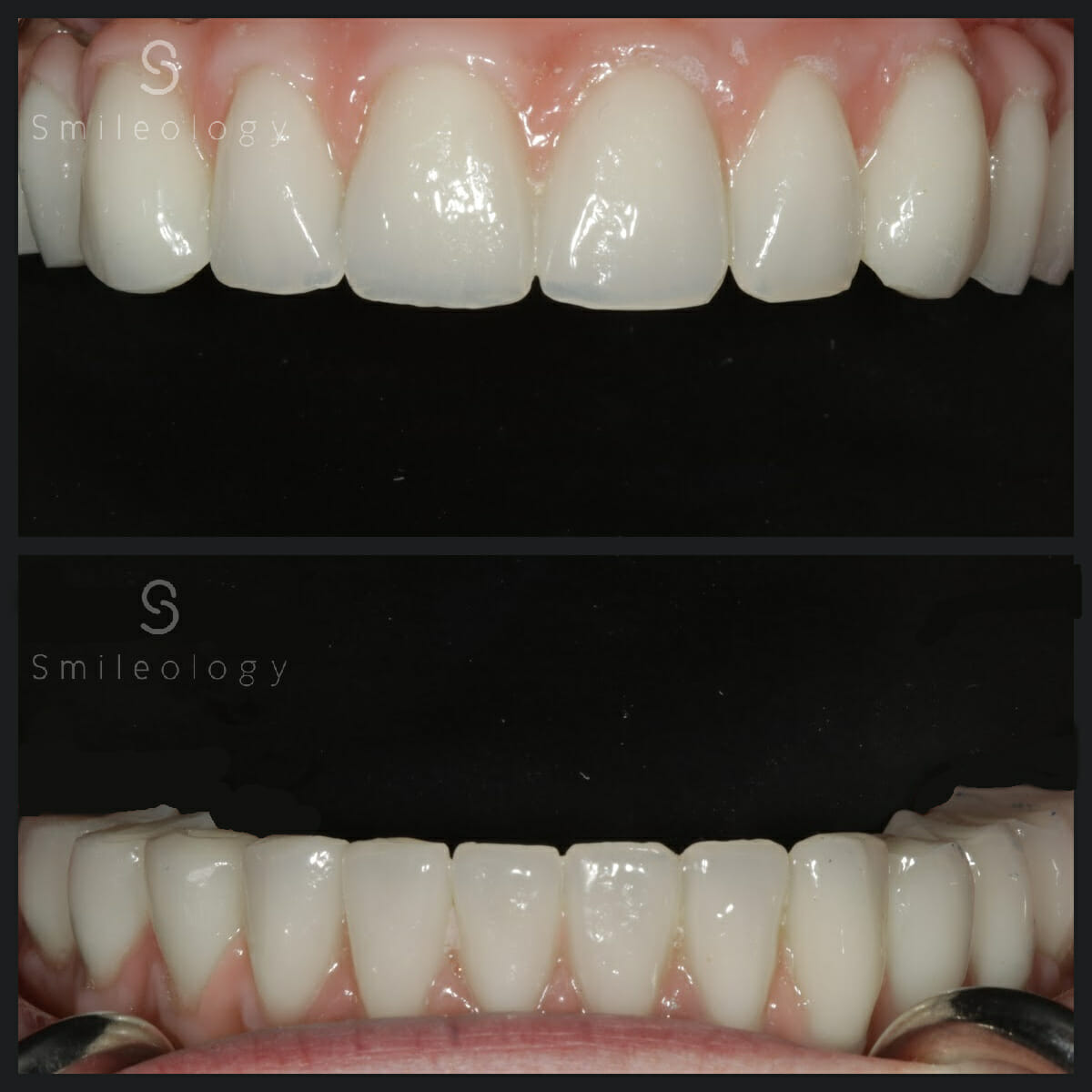Restore Your Confidence with Dental Implants Kent: Experience You Can Count On
Restore Your Confidence with Dental Implants Kent: Experience You Can Count On
Blog Article
Experience the current Developments in Oral Implants Modern Technology
As the area of dentistry proceeds to develop, the advancements in oral implant innovation have been absolutely nothing short of remarkable. The combination of modern technology is changing the performance of dental implants, assuring enhanced results and patient satisfaction.
Advanced Materials for Improved Sturdiness
In the realm of dental implants technology, the integration of advanced materials has considerably added to enhancing resilience and long life of these important oral prosthetics. The usage of products such as titanium alloys, zirconia, and ceramic substances has changed the field by providing raised resistance, stamina, and biocompatibility to corrosion.
Titanium alloys are commonly utilized in dental implants because of their exceptional strength-to-weight ratio, rust resistance, and compatibility with the body. These alloys make sure the stability and longevity of the implant by standing up to the pressures exerted during chewing and talking, providing a trustworthy remedy for people seeking sturdy tooth substitutes.
Zirconia, a sort of ceramic material, has gotten appeal for its biocompatibility and all-natural tooth-like appearance. Its high toughness and resistance to put on make it an ideal selection for oral crowns and bridges, boosting the total aesthetics and functionality of the implant.

Digital Imaging for Exact Positioning
The advancement of oral implants modern technology has actually additionally advanced with the combination of digital imaging techniques, ensuring specific positioning of these prosthetics for optimum functional and aesthetic end results. Digital imaging plays an essential role in the preparation and positioning of dental implants by offering comprehensive 3D pictures of the patient's jawbone framework. This modern technology allows dentists to analyze bone thickness, locate vital structures, and plan the precise placement and angle for dental implant positioning with unrivaled precision.
By using digital imaging, dental professionals can develop online surgical overviews that act as a roadmap throughout the dental implant placement treatment. These guides are customized for each and every client, taking into consideration their special makeup and the wanted outcome. This degree of precision not just enhances the success rate of dental implant procedures however likewise decreases the risk of complications.
In addition, digital imaging makes it possible for dentists to picture the final prosthetic repair prior to the actual placement of implants, permitting precise planning and guaranteeing that the end result meets the client's visual expectations. On the whole, the combination of electronic imaging modern technology has changed the field of dental implants, offering patients a much more foreseeable, reliable, and patient-specific treatment technique.

Minimally Intrusive Surgical Methods


Innovations in surgical methods have caused the growth of minimally intrusive methods in the field of dental implantology. These techniques intend to lower injury to the individual, shorten recovery times, and boost general therapy results. Minimally invasive procedures involve smaller sized cuts, specialized instruments, and progressed imaging technologies to precisely put dental implants with minimal disruption to bordering cells.
One secret facet of minimally intrusive strategies is making use of assisted surgery, where 3D imaging and computer-aided layout software program are used to prepare the implant placement with great precision. weblink This permits an extra predictable result and can commonly remove the need for substantial flap surgical treatment.
Furthermore, advancements in materials and implant layout have actually additionally contributed to the success of minimally invasive methods. Implants with boosted surface area homes advertise faster osseointegration, lowering the recovery time needed before the prosthetic repair can be positioned.
3D Printing for Personalized Solutions
Using 3D printing innovation in oral implantology permits for the creation of highly personalized services tailored to individual client demands and physiological variations. This cutting-edge modern technology makes it possible for dental professionals to make and make oral implants with remarkable precision and accuracy. By using digital imaging strategies, such as cone beam calculated tomography (CBCT), in-depth 3D models of the client's mouth can be created to assist the dental implant planning procedure.
Among the key benefits of 3D printing in oral implantology is the ability to produce patient-specific implants that completely fit the unique anatomy of each individual. This customized technique aids boost the general success and long life of the implant by ensuring optimum fit and placement. Additionally, 3D printing permits the production of intricate geometries and intricate structures that would certainly be tough or impossible to accomplish utilizing conventional production techniques.
Furthermore, 3D printing innovation makes it possible for dental practitioners to streamline the implantation process, lowering surgical procedure time and improving total patient experience. With its capability to produce customized services rapidly and successfully, 3D printing is transforming the field of oral implantology, offering individuals ingenious treatment choices and boosted outcomes.
Integrated Technology for Improved Functionality
Applying innovative innovation in dental implantology boosts capability and precision, raising the criterion of care for patients going through dental implant procedures. Integrated modern technology plays a critical function in enhancing the overall success and durability of oral implants.
In addition, the integration of computer-aided layout and computer-aided production (CAD/CAM) innovation enables the production of personalized dental implant restorations with outstanding precision. CAD/CAM systems use digital perceptions to develop prosthetics that perfectly fit the client's distinct composition, making sure ideal convenience and capability. Furthermore, the use of robotic-assisted surgical treatment in dental implant positioning enhances precision and reduces the danger of human mistake.
Final Thought
To conclude, the most up to date technologies in oral implants technology offer enhanced sturdiness through innovative products, exact positioning with electronic imaging, minimally intrusive surgical strategies, personalized services with 3D look at this website printing, and boosted capability with incorporated innovation - Dental implants Kent. These advancements in dental implants modern technology are changing the field and giving clients with more efficient and reliable treatment choices for restoring their smiles and dental health and wellness
The integration of modern technology is changing the capability of dental implants, guaranteeing improved results and patient fulfillment.
The advancement of oral implants technology has further advanced with the assimilation of visit homepage electronic imaging techniques, making certain accurate positioning of these prosthetics for optimal practical and visual outcomes. Minimally intrusive surgical procedures entail smaller sized incisions, specialized tools, and advanced imaging innovations to precisely position oral implants with minimal disruption to surrounding cells.
Implementing innovative technology in dental implantology enhances capability and accuracy, elevating the requirement of treatment for people undergoing implant procedures. Dental implants Kent. Integrated modern technology plays a critical role in enhancing the total success and resilience of dental implants
Report this page